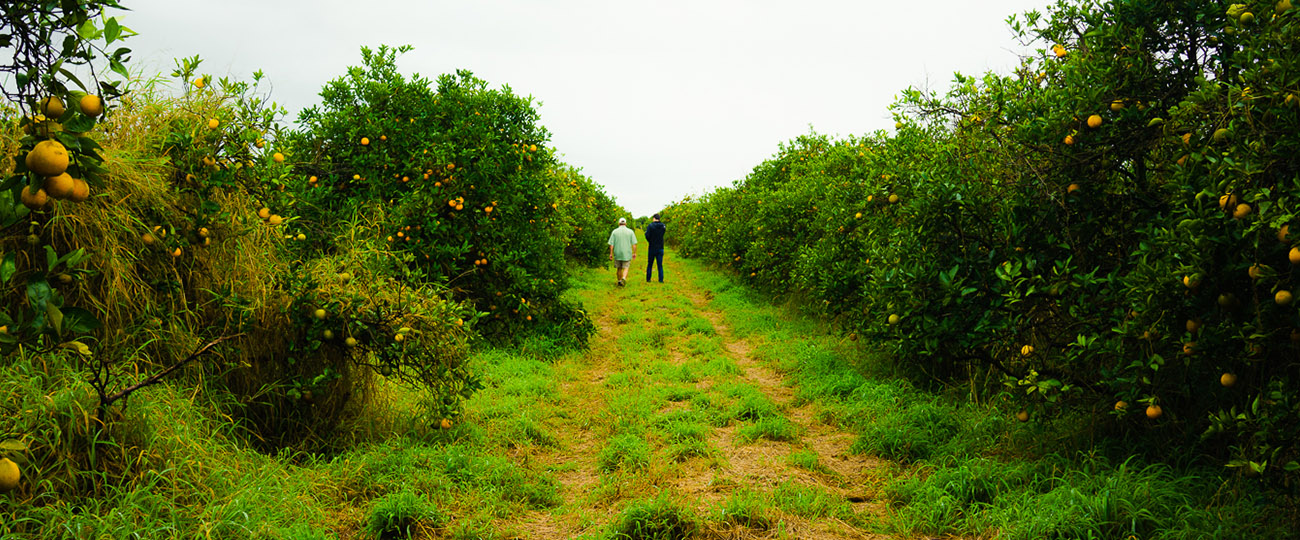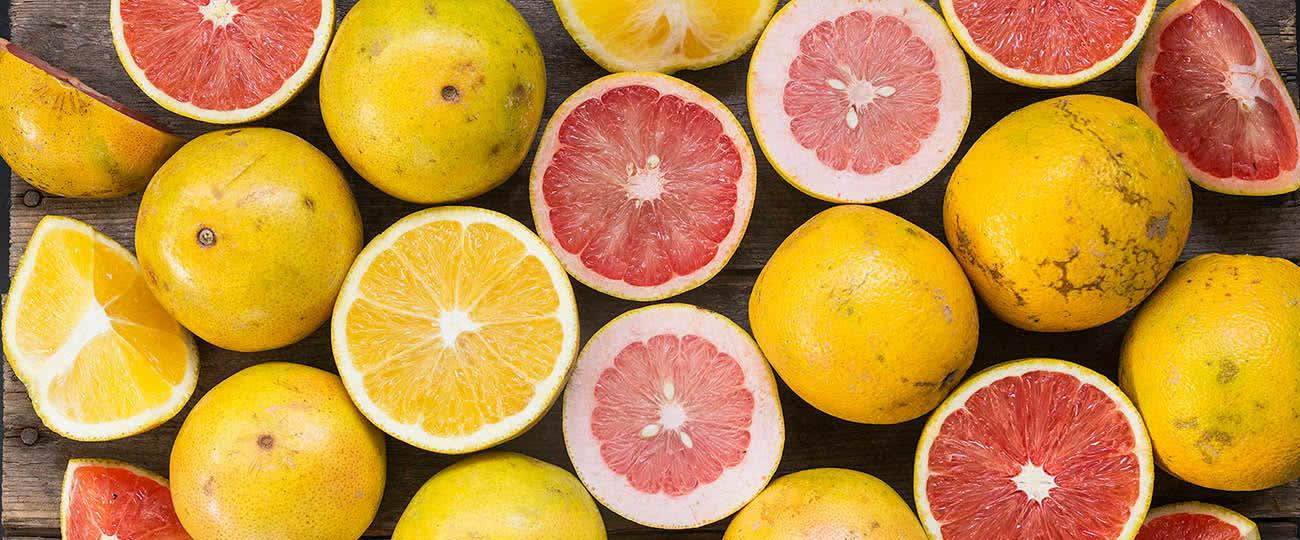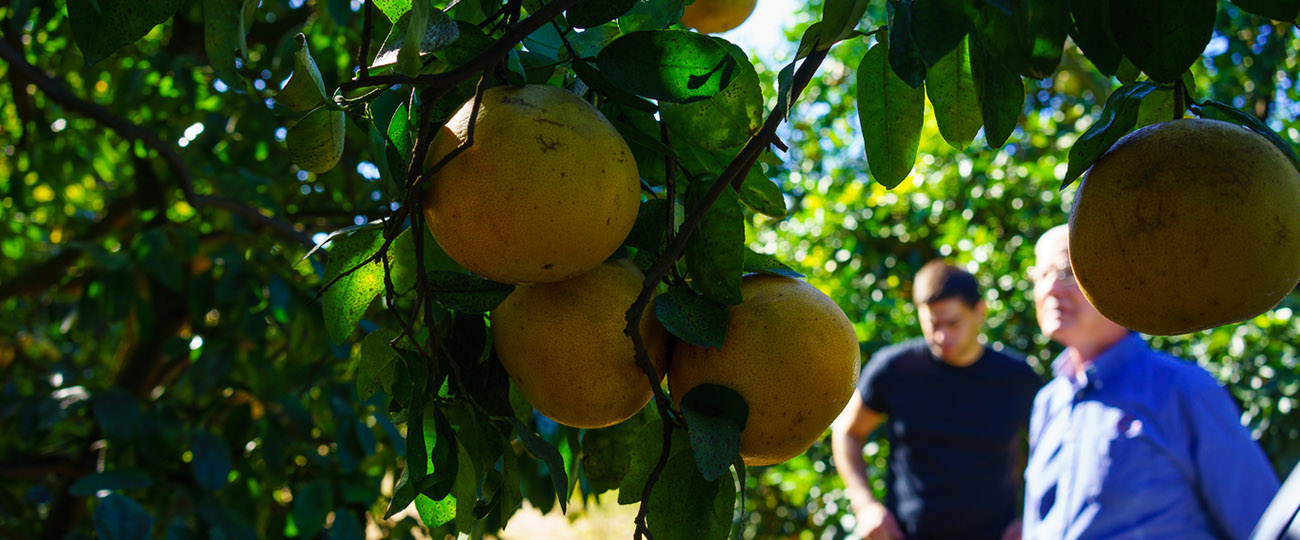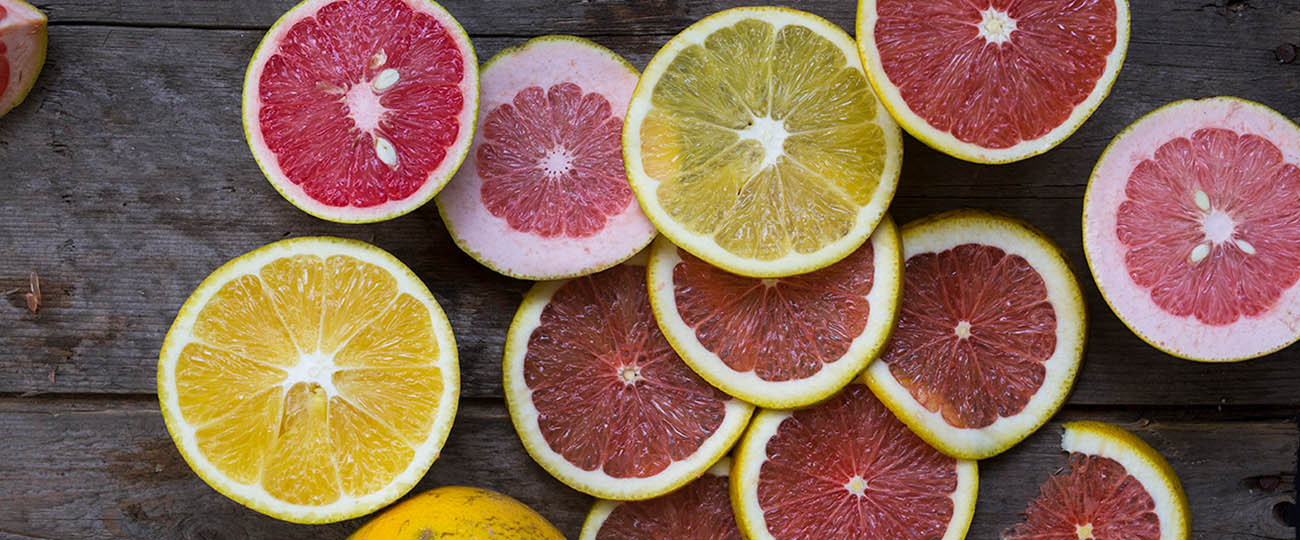It isn't easy being orange.

Oranges can be orange, but they don’t actually have to be. And those shiny neon-coloured ones just aren’t right.
First, let’s get a bit of history out of the way. This may come as a shock, but oranges weren’t named for their colour. The first appearance of the word orange in the English language to describe the fruit was in the fourteenth century. It came from the Old French orenge, which came from the Arabic nāranj, which came from the Persian nārang, which itself was adapted from the Sanskrit word nāranga, meaning fragrant not orange! The use of the word orange to describe the colour you get when you combine yellow and red only came along a couple of hundred years later.
So why aren’t oranges necessarily orange? In warm countries with ample sun (where most citrus grow), the orange peel stays chock-full of chlorophyll and oftentimes remains green even when ripe. Near the equator, especially, oranges may stay green all year and never go orange.
Oranges only turn orange when their chlorophyll content dies off.

Because most people (that’s us, the consumers) think of green fruit as unripe, the citrus industry started breaking down the chlorophyll and altering the colour of oranges to make them more attractive. Some are exposed to ethylene gas, some undergo a cold shock treatment, others are actually scrubbed with detergent then dyed and waxed.
And it’s all kind of our fault for favouring looks over quality and taste. A good way to fight this trend is to get your oranges (and other citrus) from a producer that doesn’t try to cheat nature and fool consumers, like Florida’s Seasons Farm Fresh.
The story of sustainable citrus from Florida.

In Quebec, most winter fruit comes from far away. There’s just no such thing as a “local” orange. Most of them come from South Africa (some from California) and are not grown responsibly.
We mulled this over for a good while and decided that if we were going to provide winter citrus to Lufavores, it would have to be as local as possible; it would have to be responsibly and transparently produced by family-owned farms; it would have to be incredibly fresh; and it would have to be the most delicious, life-changing fruit he could find. So...Florida.

Florida citrus grows in a warm climate so the skin of the oranges you’ll get in your basket will most likely be greener than orange (but that will vary depending on changing temperatures in the orange groves, and seasonality). The producers we work with never use synthetic pesticides so the peel won’t always be blemish-free and glossy. This is real, sustainably grown citrus that’s coming to us right from the growers.
The first harvest of the Florida season includes Navel oranges and Ruby Red Grapefruits. Coming up next: Hamlin, Cara Cara, and Valencia oranges, tangerines, and more grapefruits. The citrus season typically wraps up around late spring, so we’ll make the most of it this winter.
Orange you glad you know all of this now?
